News
Data coverage in Winchester – The Full Investigation

“Anyone else in SO22/SO23 Winchester experiencing extremely poor 4G speeds? I’ve been struggling for months with poor 4G speeds in Winchester (in the city centre mainly).”
This was the beginning of a thread on the Vodafone community network which spans years.
User highpriest first complained about the issue back in 2018, and it has yet to resolve itself almost seven years later.
The data connection in Winchester is patchy at best and non-existent at worst.
I investigated three main areas: The University of Winchester (King Alfred Campus), Winchester Cathedral, and the High Street.
I downloaded a speed tester app on my phone, turned on my data, and saw where it took me.
For reference, a slow internet speed (download speed) is usually considered anything under 10 or 15 megabytes per second (Mbps), but a good speed for most activities is over 20Mbps.
The average speed for EE mobile broadband, according to OpenSignal, is 47.7Mbps download, and 9.8Mbps upload. How does Winchester compare?
THE UNIVERSITY OF WINCHESTER.
This is where I began. I, along with quite a chunk of the city population, have been annoyed with the poor data connection for quite a while now, but it was when I actually tested how bad it was that I realised how big of an issue it was.
In our campus newsroom, the app failed to work on mobile data.
The wi-fi connection wasn’t much better.
The download speed didn’t even get above 1Mbps – the 20-second average according to my app was just 0.06Mbps, and the upload speed couldn’t even register.
I then ventured outside – perhaps it was just the fault of being in the building.
But outside the campus chapel, braving the baltic February winds, my mobile connection froze once more.
The average download speed was a measly 4.67Mbps, and the average upload was 0.12Mbps – despite my phone claiming it was connected to 5G.
Here, I also talked to second year student Izzy, who said the poor connection gave customers at her part-time job one more thing to complain about:
“So many people complain because they can’t get on the wi-fi because the signal is so bad…You can never get it anywhere. They try to get a discount, and when they can’t get it, then they’re angry at me. Do something about it, Winchester!”
WINCHESTER CATHEDRAL.
Out of the three places I investigated, this had the better data connection.
It’s a lot less busy than the other two locations on a Monday afternoon, but it still isn’t up to scratch.
At most, it reaches a download speed of 17 Mbps – before swiftly dropping to an overall average of 11 Mbps.
When I talk to two French tourists, they’re really not impressed.
They tell me they thought it was just because they were in the Cathedral, but after leaving, it became evident that the mobile coverage was simply just bad.
Another Winchester student comes by, and I ask him how he finds the data connectivity in the city centre.
“I think it’s pretty rubbish,” he says.
I managed to get a good enough connection to stream a YouTube video here – but it was low quality and took a while to load.
WINCHESTER HIGH STREET.
“When you go into the town more, it doesn’t really connect with anything,” another Vodafone customer tells me.
While the original poster at the beginning of my investigation has since changed provider, this young woman hasn’t.
“I struggle when I need to text people, or meet up with others,” she says – so she usually tries to connect to various public wi-fi networks, though she explains these usually don’t work either.
When I test the data strength – it doesn’t work.
The app doesn’t think I have any internet access at all.
I move around a bit to find a spot where it works, and try again.
This time, I get a download average of 8.44Mbps and an upload average of 3.60Mbps.
Far below where it should be. While it could be understandable that such a busy area would be a bit overwhelmed, that doesn’t negate the inconvenience for vendors in the street, people trying to send texts, or even those who live nearby, as one older woman points out;
“I live in the centre… I find that, in the evenings, it gets a lot slower, when everyone is home, and everybody starts using it.”
User strowger on the original Vodafone thread also commented in 2019 that they had performed their own speed tests living in the centre – 07:30am resulted in 4.25Mbps download speed, and 5.07Mbps for upload speed.
They then repeated it at 7 at night, and got results of 1.65Mbps down, and 1.26Mbps up.
This was compared to their best results in Newbury – at 108Mbps down and 40.9Mbps up.
The original poster highpriest responded with a test at Badger Farm, calling the download speed “practically useless”.
Many Vodafone employees have offered many possible causes or solutions in the thread over the years – a community manager under the username TJ suggested in 2019 that due to a local mast “undergoing some work at the moment”, which they said may be the cause of “a little extra disruption”.
User sappercaptain shared a message they had received from customer support in 2019, stating that there was maintenance work scheduled for November of the same year which should have helped, and it also linked to a status checker – which currently claims that Winchester has a near complete “good” coverage.
highpriest also claimed a few months ago that they had written to the previous MP Steve Brine “numerous times” about the issue, as well as both Hampshire County Council and Winchester City Council, but “of course nothing happened”.
Overall, one thing is for certain: the data connection in Winchester is weak and in serious need of improvement, regardless of the data provider.
And unfortunately for us, this almost seven years long thread suggests it won’t be solved any time soon.
News
Greens become third-largest political party in the UK

Membership of the Green Party has overtaken the Conservatives, making them the third largest party in the country.
The party now has more than 126,000 members, an 80% increase since Zack Polanski was elected as leader last month.
After his appearance on BBC One’s Laura Kuenssberg show, Polanski said the Green Party saw 1,000 new members join in just over two hours.
The party’s leader insists that “British politics is changing” and previous “support for old-style parties” is “shrinking”.
The Green Party is gradually climbing the polls in voting intention, but Reform UK close to the top with over 260,000 members.
The last official figures published in August 2025 shows that Farage’s party need only 70,000 more members to match with Labour.
While countering Reform, the Green Party reportedly now have more than double the members of the Liberal Democrats.
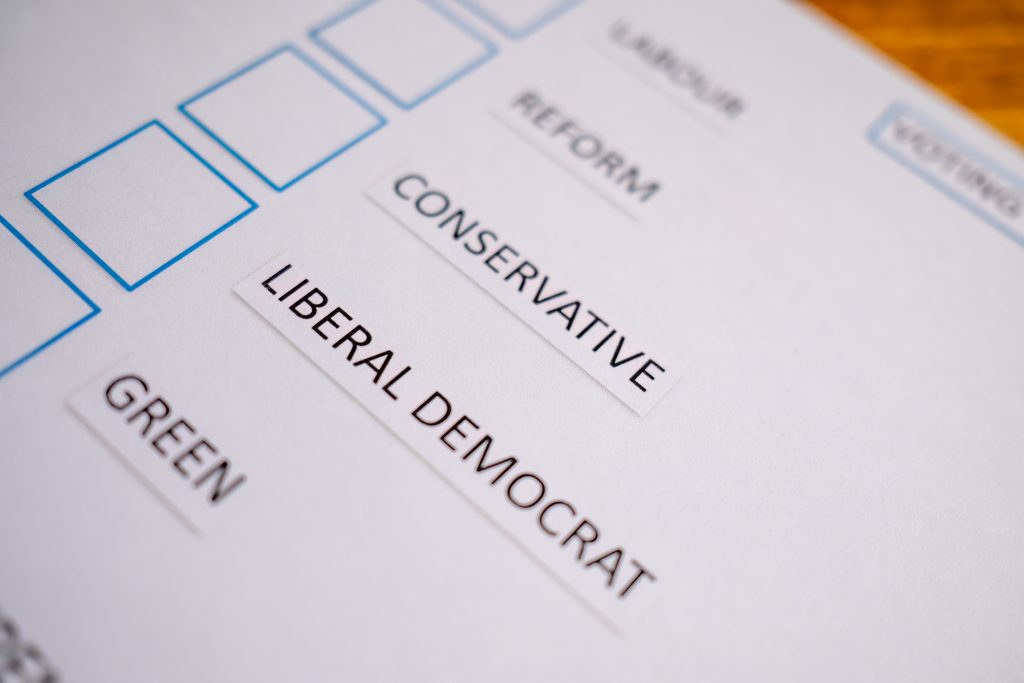
Polanski declares that more people in the country are “choosing a new kind of politics” where they’re offered “a bold, hopeful vision of prosperity, equality and unity”.
A rise in support for the Greens suggests many are moving away from a “broken” two party system, according to Polanski.
Their increase in numbers “reflects growing public frustration with the political status quo”.
News
Residents fear for safety over Winchester’s nighttime lighting policies
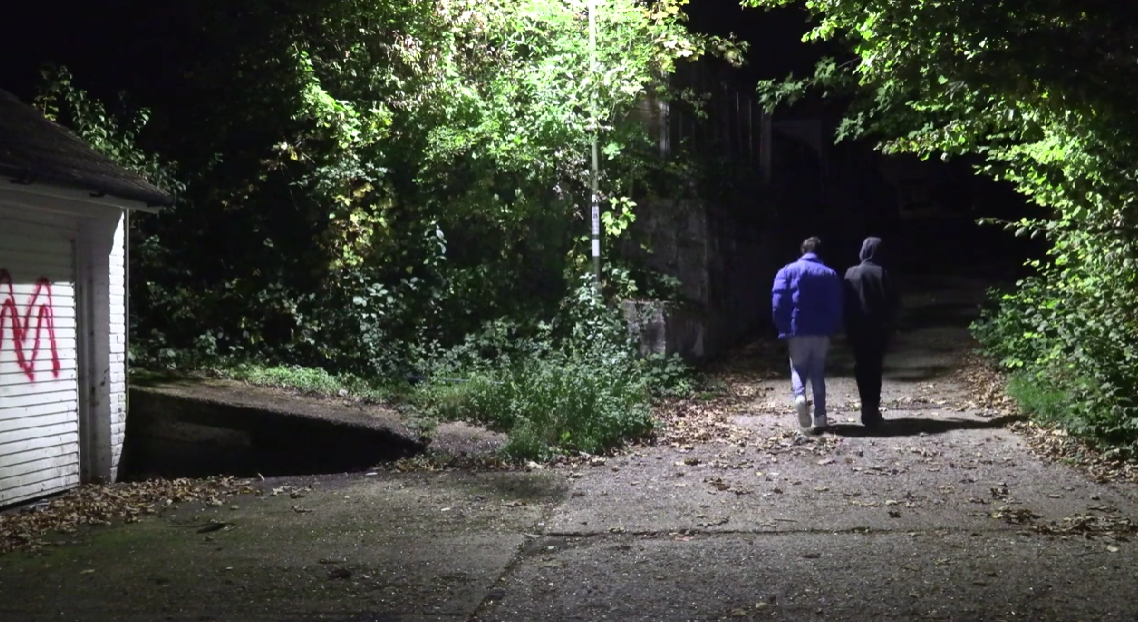
Many Winchester residents have spoken out, saying they feel unsafe at night.
Some have feared for their safety, claiming they cannot even see where “curbs start and finish” alongside Romsey Road.
While those who must travel home late due to unsocial working hours have expressed anxiety about walking home at night.
Earlier this year, Korine Bishop, chief inspector from Hampshire Constabulary, announced there was a 3.66% rise in night crime in Winchester.
Hampshire County Council took an approach in 2019, to tackle saving money by switching off street lights between 1am – 4am.
Yet earlier this year, they extended the switch-off by an hour each way.
Local councillor David Harrison said: “The evidence that more crime takes place because of a lack of lighting isn’t really there.”
As winter approaches, the growing unease among residents raises urgent questions about community safety and the effectiveness of current council lighting policies.
Despite this, approaches have been taken to ensure nighttime safety for younger people in Winchester.
Jessica Dunipace, from the Students’ Union welfare team, has urged students to “travel home with somebody and catch a taxi when possible” regardless of gender, race, or age.
Ms Dunipace also said that “despite Winchester being one of the safest cities, there are still incidents that can happen”.
News
The dramatic spike in Russian aggression and provocation within Europe, and why the Baltics matter
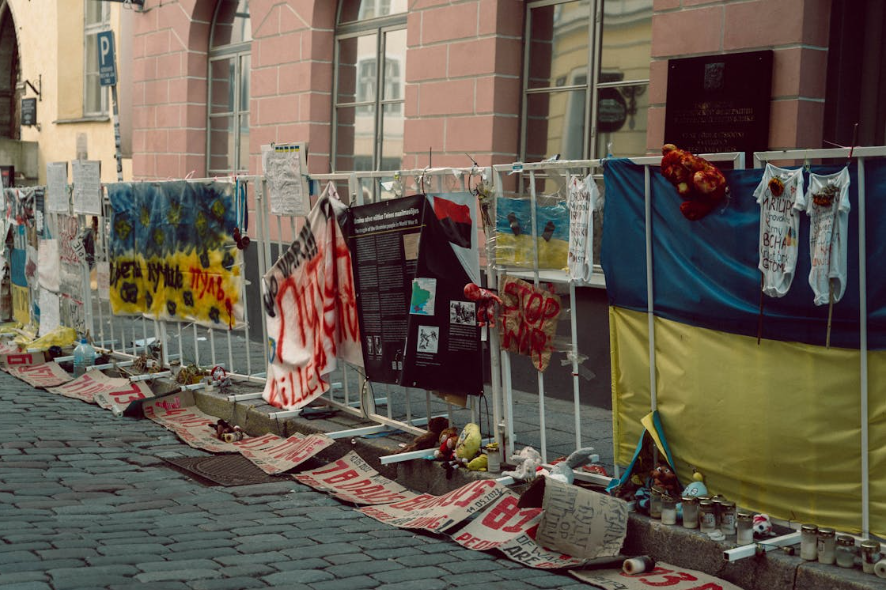
Anti-Ukraine War Protest Outside of The Russian Embassy, Tallinn, Estonia. (By Maksim Romashkin)
Drones causing the closure of airports in Poland, and Russian fighter jets taunting the West with provocative flyovers.
These are only two examples of how Russia is signalling its potential military push further into the European continent.
While Ukraine is Russia’s main focus, many people are not aware that the North Atlantic Treaty Organisation (NATO) provides Ukraine with the vast majority of its long-range missile systems, as well as things such as armoured battle tanks and anti-surface-to-air missiles. Recently, NATO has allowed for Ukraine to use ATAKMS, as well as Javelin missiles, against military targets within Russian territory.
Due to this, it is clear why Russian President Vladimir Putin is under the strong belief that Russia and the NATO alliance are at war with each other, and can easily sell this idea to his population through state-funded propaganda.
Russia’s Recent Airspace Violations:
While NATO is surgical and cautious when it comes to potentially poking the Russian bear, the same cannot be said about Russia itself. In September 2025 alone, Russia has violated the airspace of five NATO member states.
Poland saw over a dozen drones enter its airspace on the 9th of September, with them being flown over Ukraine and Belarus.
Airports within the cities of Krakow and Warsaw were closed, as fighter jets scrambled to intercept the drones. On the 13th, a Russian drone entered Romanian airspace, just over the Ukrainian border, where jets were also deployed to track and monitor its movement, before it crossed back over into Ukraine.
As well as these blatant airspace violations, between the 22nd and 28th of September of this year, numerous drones were seen hovering around airports and military assets within Denmark and Norway.
These sightings severely disrupted air travel within the region, with the major cities of Copenhagen and Oslo shutting down their airports for multiple hours due to safety concerns.
Arguably, the most concerning airspace violation within recent years came on the 19th of September, when the Baltic nation of Estonia reported that three Russian MIG-31 fighter jets entered their airspace over the Gulf of Finland, a short distance away from the capital of Tallinn.
While Russia violating the airspace of any nation is seen, and most certainly should be seen, as a major security threat, when nations such as Estonia are targeted, the threat of further military aggression or even invasion from the Kremlin is significantly heightened.
Due to Estonia being less than a hundred times smaller than Russia, and having a completely incomparable amount of military strength, with Russia having around one million active military personnel, and two million reservs, and little Estonia only having around 230,000 reserves at absolute most, this fear is even more exacerbated, as the lives of all Estonian citizens would be in immediate danger during the first few hours and days of an invasion scenario.
The Significance of the Baltics:
Countries such as Estonia are especially vulnerable to Russian influence and acts of sabotage, primarily due to their high Russian diaspora, and their shared history as part of the soviet system.
Latvia and Lithuania suffer similarly tense relations with their neighbour; however, Estonia is home to the city of Narva in its North-East, which sits on the west bank of the Narva River, with Russia watching like a hawk on the other side.
The significance of Narva lies within its demographics, with around 88% of the city’s inhabitants being Russian, with most of them even holding Russian passports. Additionally, due to Russia’s pariah status around the world, there have been numerous documented cases of the Russian population within Estonia being discriminated against, with the Russian language being heavily discouraged, and most of the poverty within the country being seen within Russian-speaking households.
Due to the issues faced by native Russians within the Baltic States, it is easy for military planners within NATO to fear that the Kremlin will attempt the utilise the same excuse that it implemented when undertaking its full-scale invasion of Ukraine in February of 2022, which was that the Ukrainian government were undertaking a genocide against the Russian minority within the nation.
This argument was, of course, not true; however, it is not out of the question that Russia wouldn’t one day attempt to accuse a nation like Estonia of such crimes, propping up either a limited or full-scale invasion shortly after.
Thankfully, of course, Estonia and the other Baltic States are safely nestled under the NATO nuclear umbrella; however, many governments around the world are speculating if the member states within the alliance will risk a third world war and the potential for nuclear annihilation over a minuscule country like Estonia.
If Russia were to seize the city of Narva, for example, the government in Tallinn may very well deem it necessary to enact Article 5, deeming the attack as an attack on all other NATO members.
The question is, however, would the United States, or any other powerful member, risk the lives of their populations for a small city in Estonia with only 53,000 people?
Due to this extremely crucial question, many NATO members are spending a colossal sum of money preparing for Russia to eventually test the waters of the alliance, by potentially dipping its toes into a vulnerable state such as Estonia.
Countries such as Poland, and the three Baltic States of Estonia, Latvia, and Lithuania are some of the highest percentage of GDP spenders within the alliance, with the highest of these being Estonia, which has committed to reserving 5.4% of its entire GDP, of around 42 billion USD, solely for defence spending.
While not as high as Estonia’s spending, Latvia and Lithuania have committed to spending 3.15% and 3.9% of their GDPs on defence, respectively.
While the likelihood of war rearing its ugly head to ravage the European continent once again is not guaranteed, the concept of it being above zero makes it critical for European and North American governments within the NATO alliance to start preparing and arming for the worst, as if the worst may come, being unprepared is simply not an option.
-
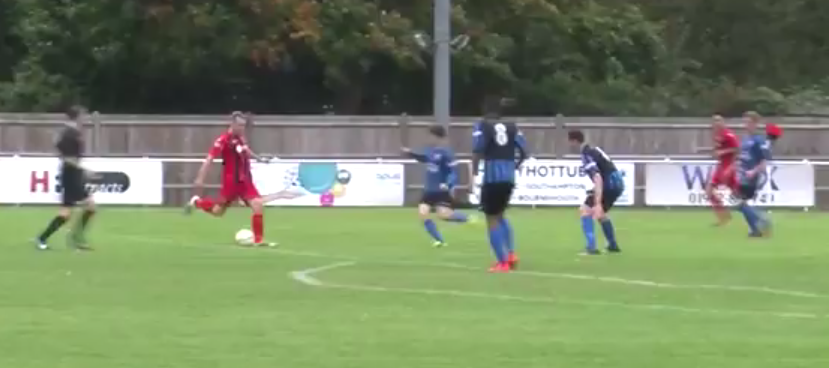
 Football9 years ago
Football9 years agoFootball – Winchester City vs Didcot Town
-

 Community9 years ago
Community9 years agoWinnall community association renovated
-
Community8 years ago
Hampshire’s frontline services at risk
-

 Hampshire8 years ago
Hampshire8 years agoUniversity of Winchester Parking Trouble
-
Community8 years ago
Knight Bus unveiled at school
-
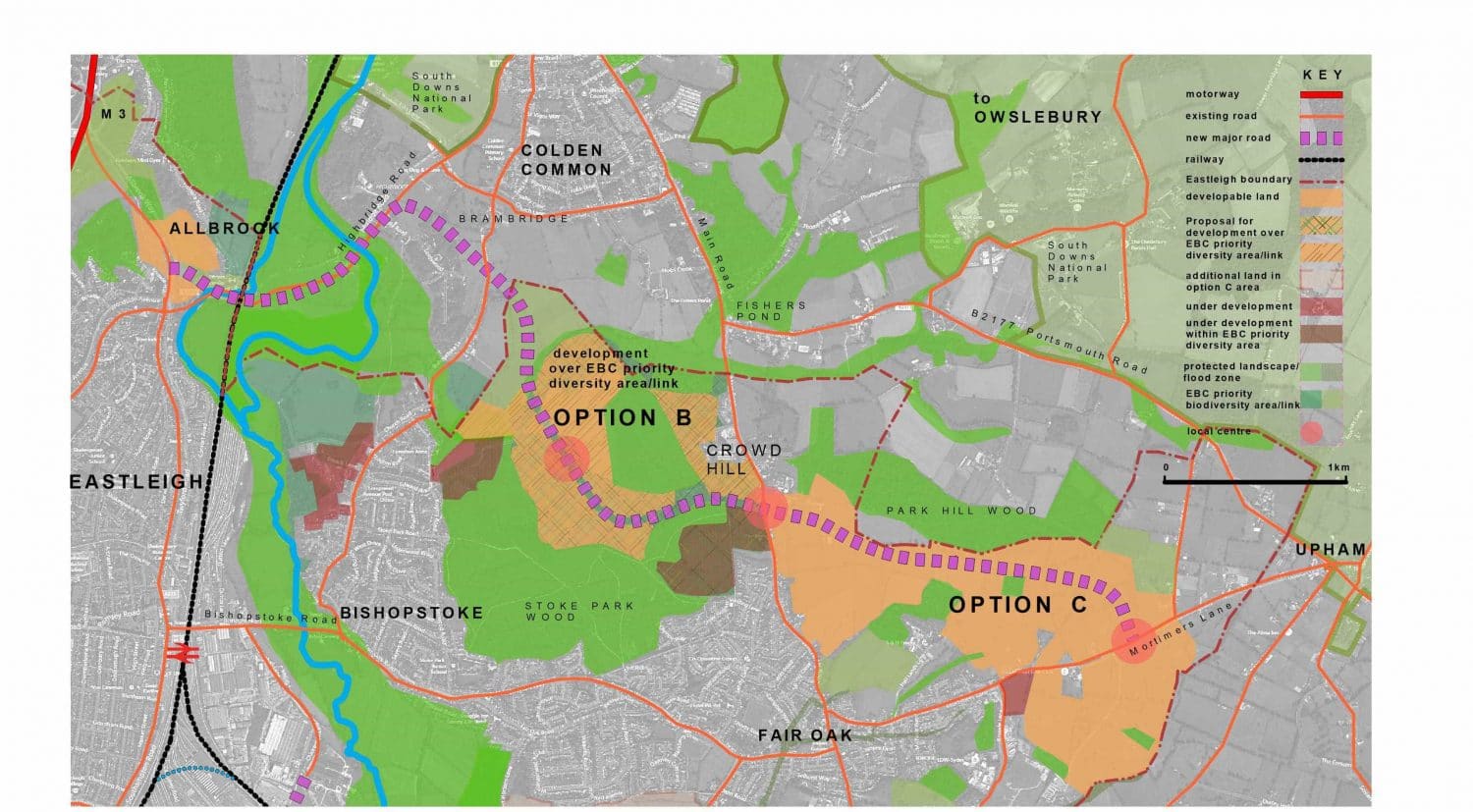
 Community8 years ago
Community8 years ago‘Controversial’ new plans take shape in Eastleigh
-

 Winchester News Online8 years ago
Winchester News Online8 years ago#MiracleMissy Update
-
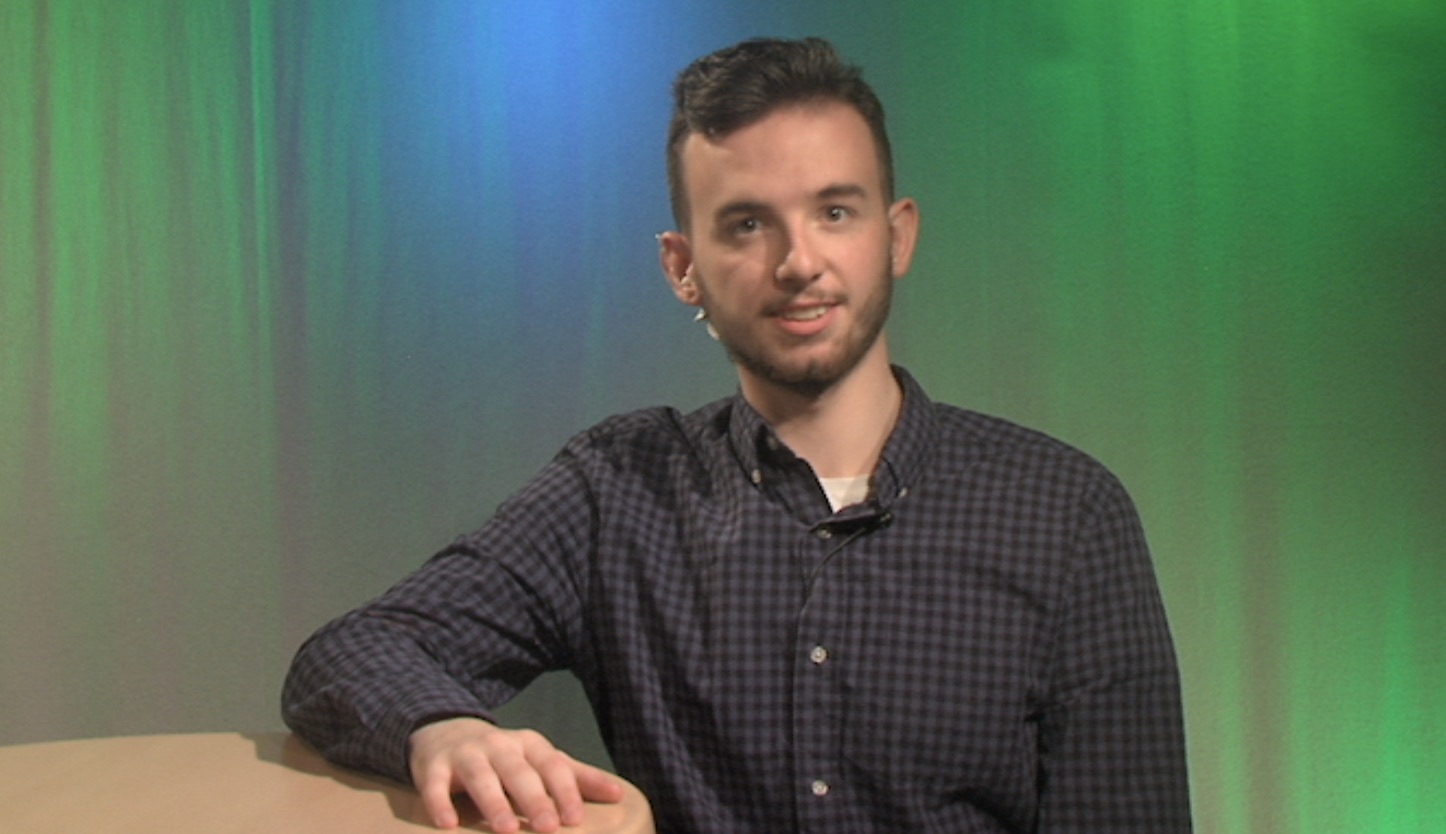
 Bulletins7 years ago
Bulletins7 years agoWINOL 20 November 2018
